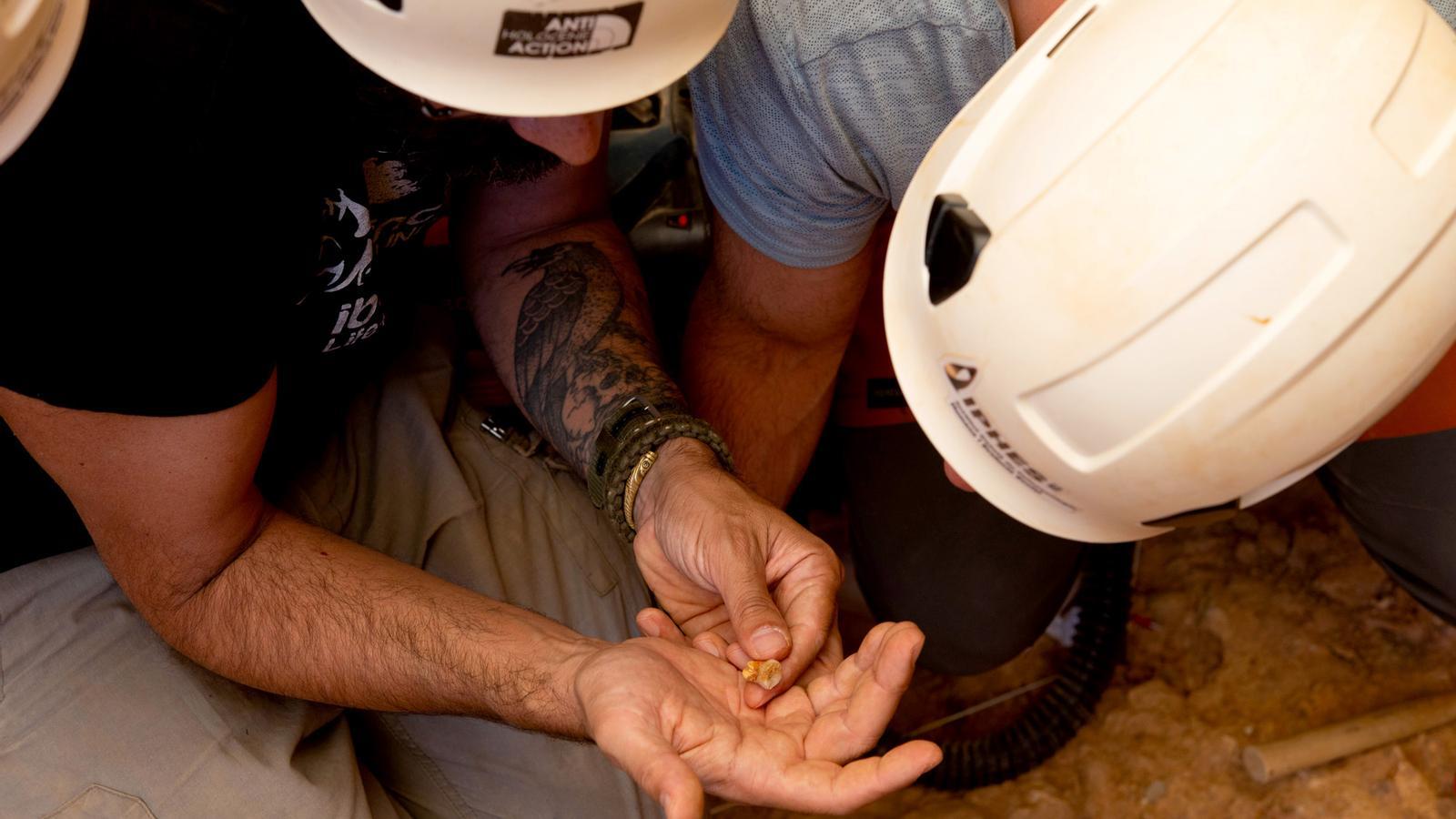A decapitated child: new evidence of cannibalism in Atapuerca
Researchers argue that systematic meat harvesting practices existed among Homo antecessor.

BarcelonaHeHomo antecessor The Atapuerca Man is a fossil hominid discovered in the Gran Dolina de Atapuerca in 1997, which has sparked some controversy within the scientific community. Neanderthal (originating in Europe). They are over a million years old and, for now, it is known that they were tall, strong and had a face with modern features, although their brain was smaller than that of modern humans, and that they practiced cannibalism in feces. A human cervical vertebra has been discovered, from a child who lived 850,000 years ago, with clear cut marks compatible with intentional decapitation. flesh by theHomo antecessor"The vertebra shows clear incisions at key anatomical points used to disarticulate the head. It's direct evidence that the child was processed like any other prisoner," says Palmira Saladié, a researcher at IPHES-BÚSQUEDA, along with Andreu Ollé. Ten human remains were found this July. Homo antecessorAlmost three decades ago, very close by, at the same archaeological level, the first known case of human cannibalism was found. "What we documented is the continuity of that behavior: the treatment of the deceased was not exceptional, but repeated," says Saladié. Researchers will continue excavating, because there are still numerous layers in which more human remains will likely appear. "Every year, new data emerges that force us to rethink how people lived, how they died, and how the dead were treated almost a million years ago," concludes Saladié.
